4 comment(s) so far. Please add yours!
It’s Michaelmas Term at Saint Clare: #AdAstraWriMo begins at midnight.
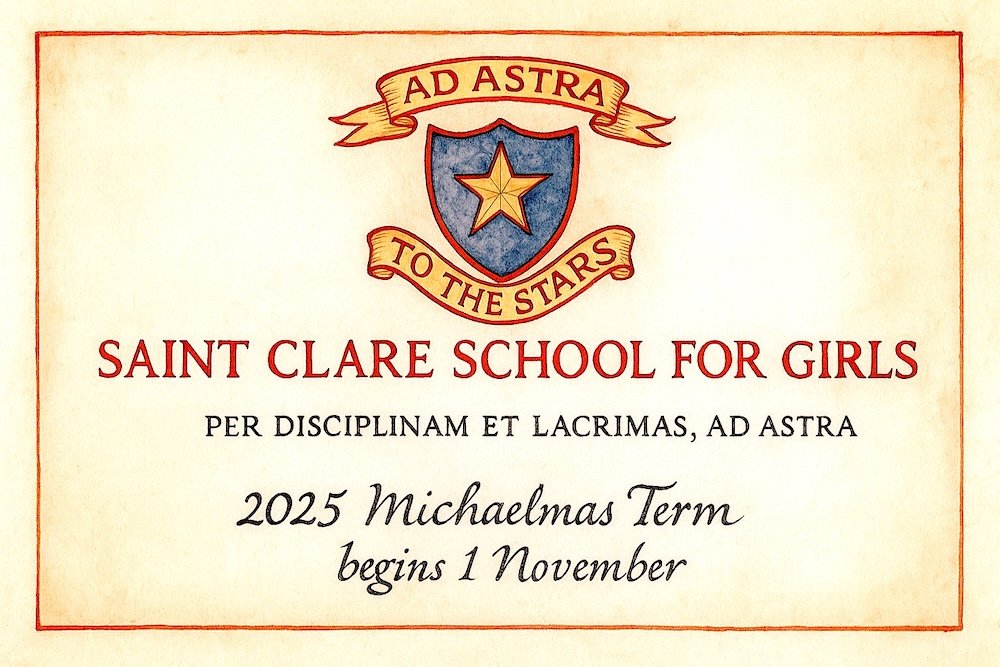
Once again, the gates of Saint Clare School for Girls creak open.
The crest still gleams with its public motto: Ad Astra, To the Stars, but those who know the place remember the stitched-in version, the one learned by heart and not by rote:
Per Disciplinam et Lacrimas, Ad Astra – Through discipline and tears, to the stars.
Tomorrow, November, the eleventh month begins and, with it, writers globally again attempt the 50 000-word challenge. This year, I’m returning to Saint Clare not to start something new, but to bring everything home: the stories, the notes, the fragments that have accumulated since the first tale was written back in 1999.
At last, my new Scrivener project now holds the entire school – the dormitories, the prefects’ room, the staff meetings that go on far too long, and, most importantly, the archives. Throughout the month of November I’ll be migrating, revising, and writing new pages for Inez of the Upper IV (Summer Term 1955) – and, in another wing of the imagination, finishing the Honour and Ned series, their stories set some twenty years earlier.
It’s not exactly NaNoWriMo, and not quite rebellion either.
Think of it as a special Michaelmas term: attendance required, results to be determined.
Fifty thousand words will (hopefully) follow – some new, some rediscovered, all part of the same ledger.
The Old Girls return and the inkpots are full once more.
The term begins tomorrow. I’ll be in my study, writing, counting words, and organizing, and in the school’s library, procrastinating via exhaustive research.
If you want to follow along: everything will be filed under#AdAstraWriMo.




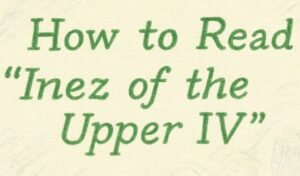 T
T Introduction
Introduction

 But Inez is watching. And she remembers.
But Inez is watching. And she remembers. This tale follows
This tale follows  – Sit where you are seen, not where you are heard.
– Sit where you are seen, not where you are heard.
 (This part of the text comes from the end of
(This part of the text comes from the end of  He sat at his desk while sh slept. He could not silence her — Honour was not a woman who could be silenced, or remain chastened for long without planning rebellion. She was too beautiful not to be noticed, even had she been inclined to play the wallflower — and her debut season had already proved she was anything but.
He sat at his desk while sh slept. He could not silence her — Honour was not a woman who could be silenced, or remain chastened for long without planning rebellion. She was too beautiful not to be noticed, even had she been inclined to play the wallflower — and her debut season had already proved she was anything but.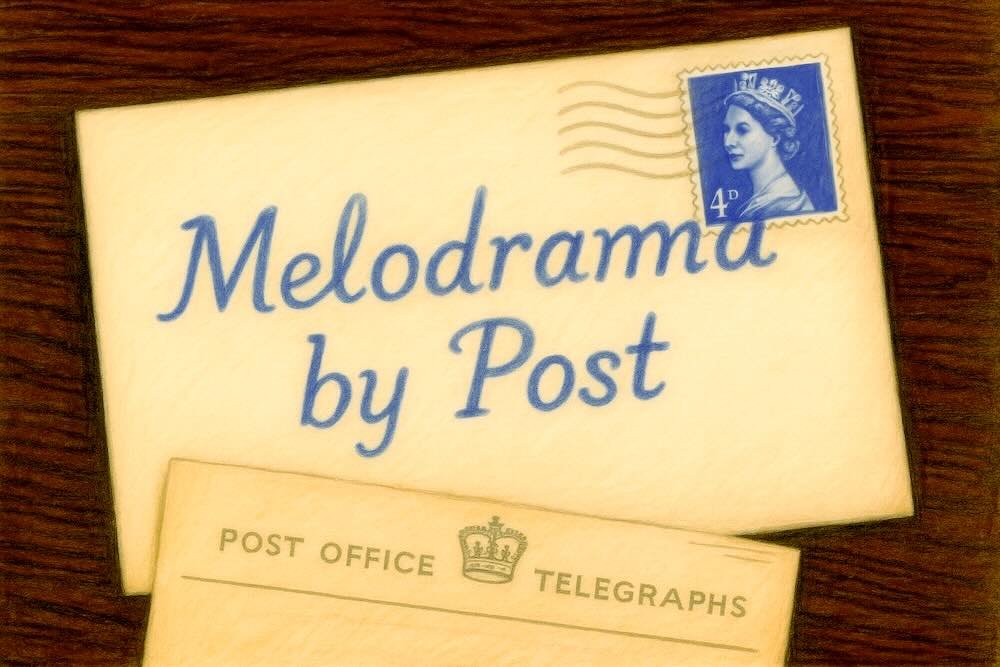
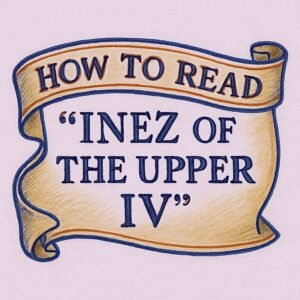 The story of Inez de Vries unfolds through a series of documents—some official, pulled from the prim and unforgiving files of Saint Clare’s School for Girls; others are more intimate, drawn from the journals, letters, and scribbled notes of the girls themselves. Some will appear typed and orderly; others will retain the texture of handwriting, rendered in a cursive-style font. Readers are invited to step into the role of archivist, assembling the story from these traces, and imagining the lives that fill the gaps between pages—the tensions, the alliances, the secrets too dangerous to write down. Not everything will be explained. But Inez is watching. And she remembers.
The story of Inez de Vries unfolds through a series of documents—some official, pulled from the prim and unforgiving files of Saint Clare’s School for Girls; others are more intimate, drawn from the journals, letters, and scribbled notes of the girls themselves. Some will appear typed and orderly; others will retain the texture of handwriting, rendered in a cursive-style font. Readers are invited to step into the role of archivist, assembling the story from these traces, and imagining the lives that fill the gaps between pages—the tensions, the alliances, the secrets too dangerous to write down. Not everything will be explained. But Inez is watching. And she remembers. At Saint Clare’s, it is a truth universally acknowledged (at least by
At Saint Clare’s, it is a truth universally acknowledged (at least by  Trusting his indulgent understanding, Clarissa poured out her grievances to “Papa,” only to find he had abruptly transformed into “Father,” replying with all the ponderous dignity of the House of Commons. Clarissa, meanwhile, revealed a transformation of her own: the once devoted daughter emerged as a haughty, stroppy teenager, indignant at every turn and grandly refusing the hundred lines set for her. What might have remained a minor school punishment swelled into a correspondence campaign.
Trusting his indulgent understanding, Clarissa poured out her grievances to “Papa,” only to find he had abruptly transformed into “Father,” replying with all the ponderous dignity of the House of Commons. Clarissa, meanwhile, revealed a transformation of her own: the once devoted daughter emerged as a haughty, stroppy teenager, indignant at every turn and grandly refusing the hundred lines set for her. What might have remained a minor school punishment swelled into a correspondence campaign. 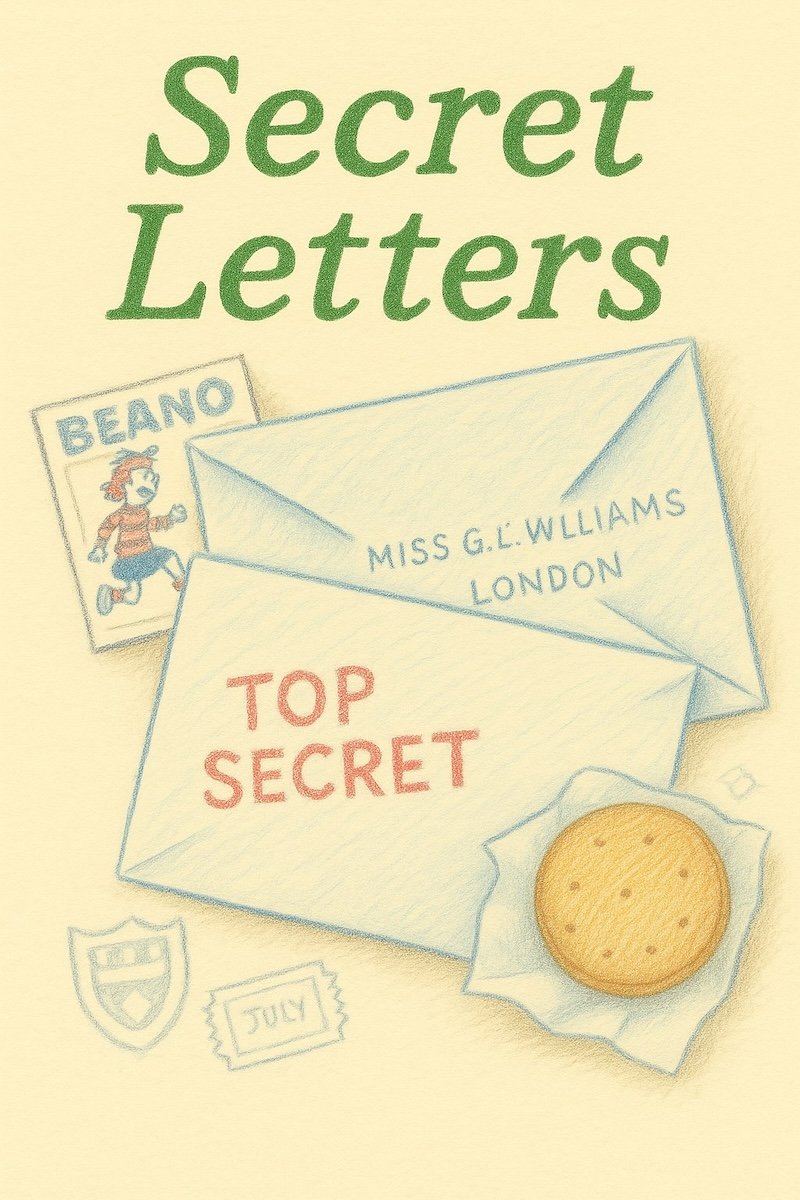
 The Secret Letters exchange began when Clarissa Charrington slipped a note into the post for her aunt Gladys, with Beano clippings and a sly message from Inez de Vries tucked inside. Gladys, amused and willing, forwarded the enclosure under her own respectable cover. In this way, the girls’ words travelled by official post — yet hidden in plain sight, a letter within a letter.
The Secret Letters exchange began when Clarissa Charrington slipped a note into the post for her aunt Gladys, with Beano clippings and a sly message from Inez de Vries tucked inside. Gladys, amused and willing, forwarded the enclosure under her own respectable cover. In this way, the girls’ words travelled by official post — yet hidden in plain sight, a letter within a letter.
 Most Fourth Form girls, after receiving a tawsing, a detention, and a caning, learn to keep their heads down. Inez de Vries, however, reached out to her mother. Her account of the affair travelled through the post as a stowaway, arriving at Hollingwood Hall with the stealth of a midnight feast.
Most Fourth Form girls, after receiving a tawsing, a detention, and a caning, learn to keep their heads down. Inez de Vries, however, reached out to her mother. Her account of the affair travelled through the post as a stowaway, arriving at Hollingwood Hall with the stealth of a midnight feast.
 The
The